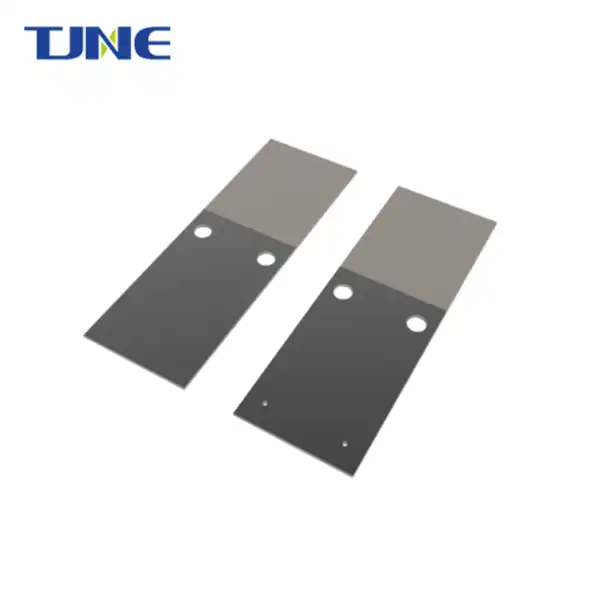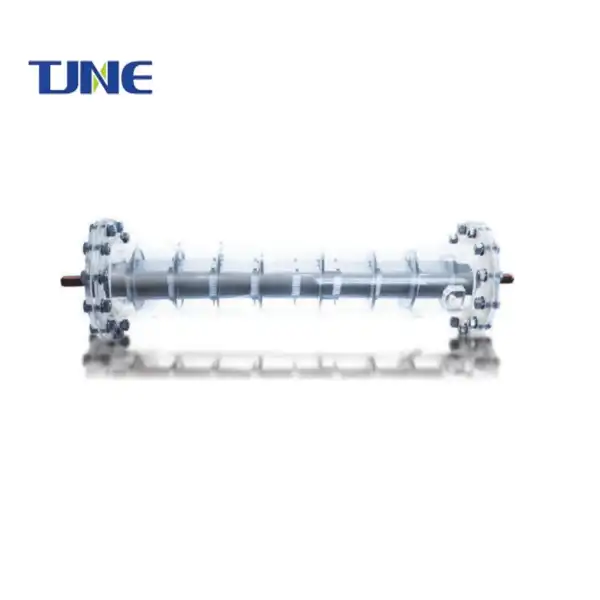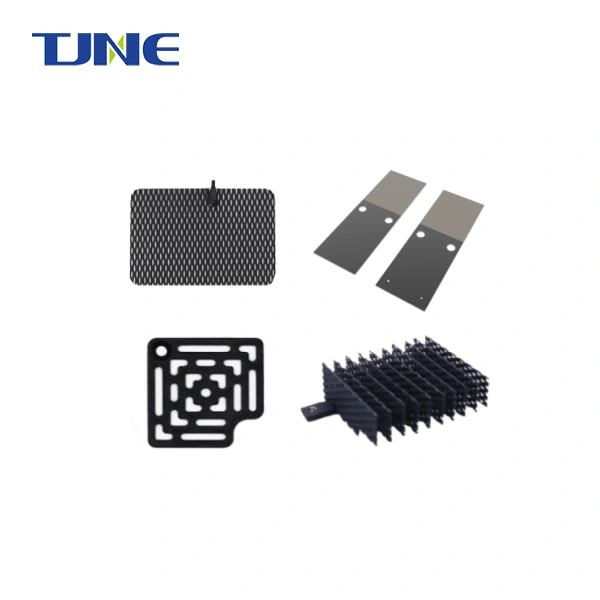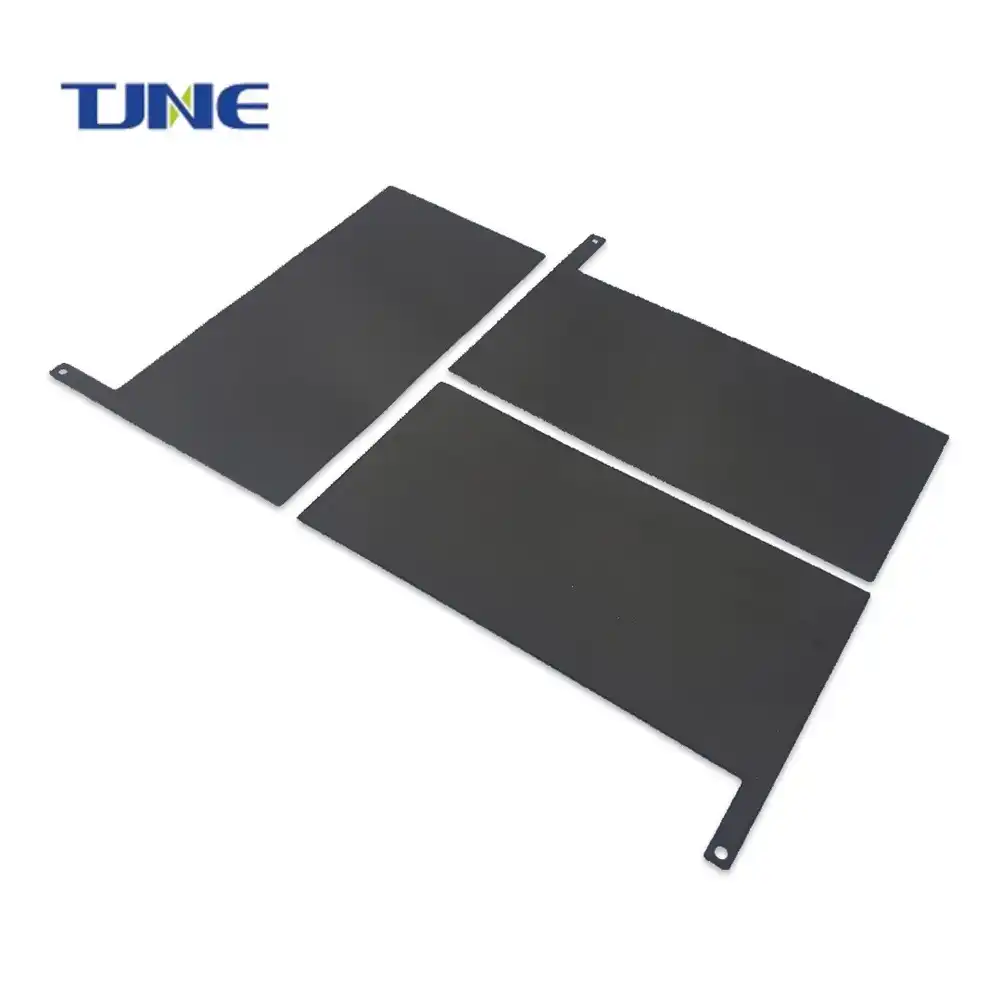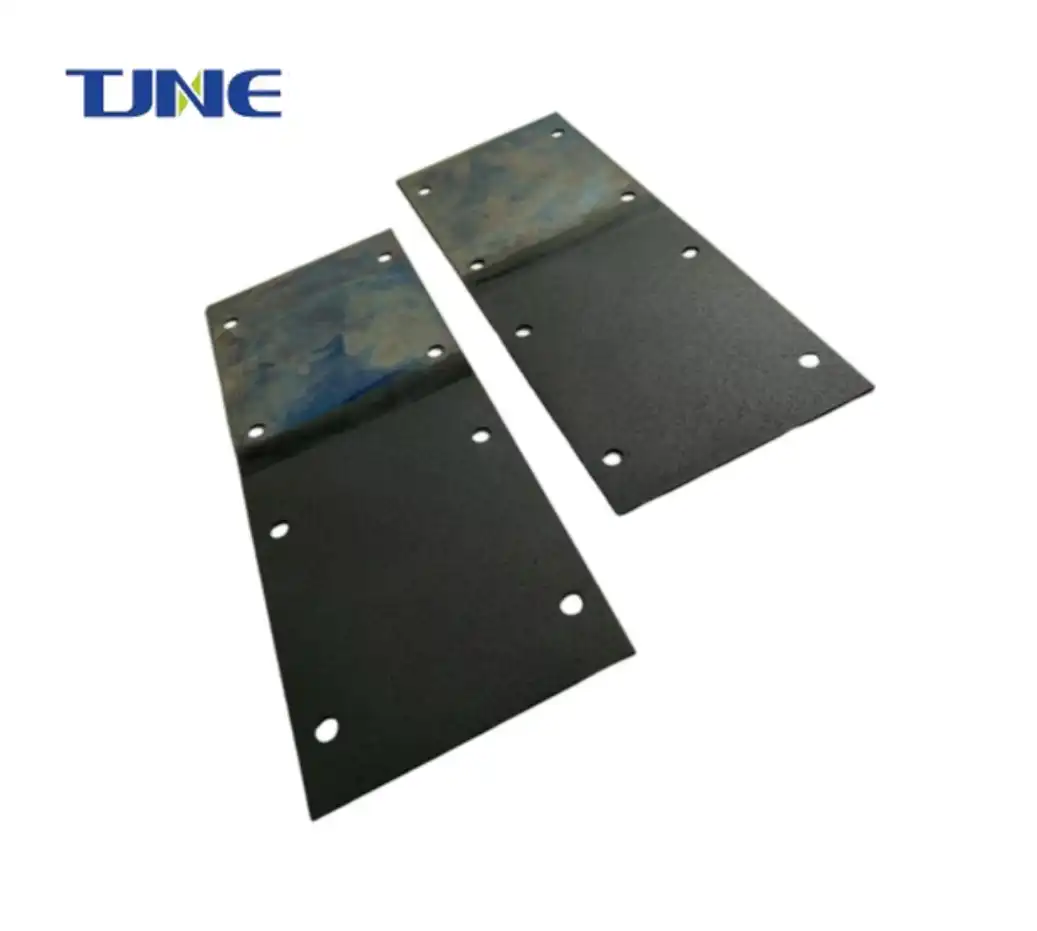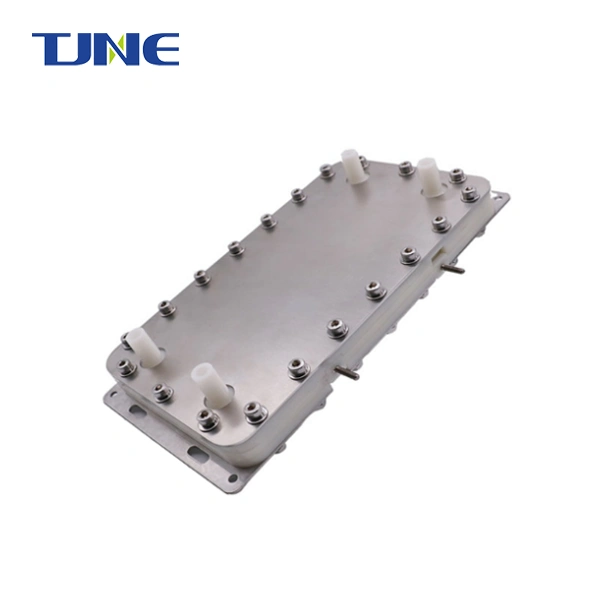- English
- French
- German
- Portuguese
- Spanish
- Russian
- Japanese
- Korean
- Arabic
- Greek
- German
- Turkish
- Italian
- Danish
- Romanian
- Indonesian
- Czech
- Afrikaans
- Swedish
- Polish
- Basque
- Catalan
- Esperanto
- Hindi
- Lao
- Albanian
- Amharic
- Armenian
- Azerbaijani
- Belarusian
- Bengali
- Bosnian
- Bulgarian
- Cebuano
- Chichewa
- Corsican
- Croatian
- Dutch
- Estonian
- Filipino
- Finnish
- Frisian
- Galician
- Georgian
- Gujarati
- Haitian
- Hausa
- Hawaiian
- Hebrew
- Hmong
- Hungarian
- Icelandic
- Igbo
- Javanese
- Kannada
- Kazakh
- Khmer
- Kurdish
- Kyrgyz
- Latin
- Latvian
- Lithuanian
- Luxembou..
- Macedonian
- Malagasy
- Malay
- Malayalam
- Maltese
- Maori
- Marathi
- Mongolian
- Burmese
- Nepali
- Norwegian
- Pashto
- Persian
- Punjabi
- Serbian
- Sesotho
- Sinhala
- Slovak
- Slovenian
- Somali
- Samoan
- Scots Gaelic
- Shona
- Sindhi
- Sundanese
- Swahili
- Tajik
- Tamil
- Telugu
- Thai
- Ukrainian
- Urdu
- Uzbek
- Vietnamese
- Welsh
- Xhosa
- Yiddish
- Yoruba
- Zulu
How Do Titanium Electrodes Contribute to the Efficiency of Ballast Water Treatment?
Ballast water treatment is a critical process in maritime operations, aimed at preventing the spread of invasive aquatic species across different ecosystems. As ships traverse the world's oceans, they take in and discharge massive volumes of ballast water, which can inadvertently transport harmful organisms from one region to another. In recent years, titanium electrodes have emerged as a game-changing technology in ballast water treatment systems (BWTS), significantly enhancing their efficiency and effectiveness. These electrodes play a pivotal role in electrochemical disinfection processes, offering a robust and environmentally friendly solution to the challenges posed by ballast water management.
What are the advantages of using titanium electrodes in ballast water treatment systems?
The adoption of titanium electrodes in ballast water treatment systems has revolutionized the industry, offering a myriad of advantages that contribute to their growing popularity. Titanium, as an electrode material, brings a unique set of properties that make it exceptionally well-suited for the harsh marine environment and the demanding requirements of ballast water treatment.
First and foremost, titanium electrodes boast exceptional corrosion resistance. Unlike many other metals, titanium forms a stable, passive oxide layer on its surface when exposed to air or water. This natural protective coating makes titanium electrodes highly resistant to the corrosive effects of seawater, which is crucial for maintaining long-term performance and reliability in ballast water treatment systems. The corrosion resistance of titanium ensures that the electrodes maintain their structural integrity and electrochemical properties over extended periods, minimizing the need for frequent replacements and reducing maintenance costs for ship operators.

Another significant advantage of titanium electrodes is their high electrical conductivity. Despite forming an oxide layer, titanium electrodes maintain excellent electrical properties, allowing for efficient electron transfer during electrochemical processes. This high conductivity translates to lower energy consumption in ballast water treatment systems, as less electrical power is required to achieve the desired disinfection effect. The energy efficiency of titanium electrodes not only reduces operational costs but also aligns with the maritime industry's growing focus on sustainability and environmental responsibility.
Titanium electrodes also exhibit remarkable durability and mechanical strength. The marine environment can be particularly harsh, with constant exposure to turbulent water flows, abrasive particles, and varying temperatures. Titanium's inherent strength and resistance to wear ensure that the electrodes can withstand these challenging conditions without degrading or losing their effectiveness. This durability translates to longer service life for the electrodes, reducing the frequency of replacements and associated downtime for ships.
Furthermore, titanium electrodes offer excellent biocompatibility, which is crucial in the context of ballast water treatment. As the primary goal of BWTS is to eliminate or neutralize harmful aquatic organisms, it's essential that the treatment process itself doesn't introduce additional harmful substances into the water. Titanium is known for its low toxicity and biocompatibility, ensuring that its use in electrodes doesn't contribute to secondary pollution or have adverse effects on marine ecosystems.
The versatility of titanium electrodes also contributes to their advantages in ballast water treatment. They can be effectively used in various electrochemical disinfection processes, including electrolysis, electrochlorination, and advanced oxidation processes. This versatility allows for the development of more efficient and adaptable ballast water treatment systems that can handle a wide range of water conditions and contaminants.
Lastly, the use of titanium electrodes aligns well with increasingly stringent international regulations on ballast water management, such as the International Maritime Organization's Ballast Water Management Convention. The high performance and reliability of titanium-based systems help ship operators meet these stringent standards consistently, ensuring compliance and avoiding potential penalties or operational disruptions.
In conclusion, the advantages of using titanium electrodes in ballast water treatment systems are numerous and significant. From their exceptional corrosion resistance and high electrical conductivity to their durability, biocompatibility, and versatility, titanium electrodes offer a compelling solution to the challenges of ballast water treatment. As the maritime industry continues to prioritize environmental protection and operational efficiency, the role of titanium electrodes in BWTS is likely to become even more prominent, driving innovation and improvements in ballast water management practices worldwide.
How do titanium electrodes enhance the disinfection process in ballast water treatment?
Titanium electrodes play a crucial role in enhancing the disinfection process of ballast water treatment, primarily through their involvement in electrochemical disinfection methods. These methods leverage the unique properties of titanium to create powerful oxidizing agents directly within the ballast water, effectively neutralizing a wide range of aquatic organisms and pathogens. Understanding the mechanisms by which titanium electrodes enhance disinfection is key to appreciating their importance in modern ballast water treatment systems.
The primary way titanium electrodes enhance the disinfection process is through electrochlorination. In this process, titanium electrodes are used to electrolyze seawater, which naturally contains chloride ions. When an electric current is passed through the titanium electrodes, it triggers a series of electrochemical reactions that convert these chloride ions into hypochlorite (OCl-) and hypochlorous acid (HOCl). These compounds are powerful oxidizing agents that effectively kill or inactivate a broad spectrum of microorganisms, including bacteria, viruses, and larger organisms like plankton.
The efficiency of this process is significantly enhanced by the properties of titanium electrodes. Their high electrical conductivity ensures that the electrochemical reactions occur with minimal energy loss, maximizing the production of disinfecting agents. Moreover, the corrosion resistance of titanium means that the electrodes can maintain this high level of performance over extended periods, even in the highly saline and corrosive environment of seawater.
Another way titanium electrodes enhance disinfection is through the generation of hydroxyl radicals (OH•) and other reactive oxygen species. In advanced oxidation processes, titanium electrodes can be used to produce these highly reactive molecules directly in the water. Hydroxyl radicals are among the most powerful oxidizing agents known, capable of breaking down complex organic molecules and destroying microbial cell structures. The stability and durability of titanium electrodes allow for sustained production of these reactive species, ensuring thorough and continuous disinfection of ballast water.
Titanium electrodes also contribute to the effectiveness of disinfection by promoting the formation of ozone (O3) in some ballast water treatment systems. While ozone generation typically requires specialized electrodes, titanium's compatibility with various coatings and its ability to withstand the highly oxidizing environment created by ozone make it an excellent substrate for ozone-generating electrodes. Ozone is a potent disinfectant that can inactivate a wide range of microorganisms, including those resistant to chlorine-based treatments.

The surface properties of titanium electrodes further enhance the disinfection process. The oxide layer that forms on titanium surfaces can exhibit photocatalytic properties, especially when doped with certain materials or subjected to specific treatments. This photocatalytic effect can generate additional reactive species when exposed to light, providing an extra layer of disinfection capability in systems designed to leverage this property.
Moreover, the robustness of titanium electrodes allows for the implementation of more aggressive treatment protocols without concern for electrode degradation. This means that ballast water treatment systems can operate at higher current densities or for longer durations when needed, ensuring effective disinfection even in challenging conditions or when dealing with particularly resistant organisms.
The precise control afforded by titanium electrodes in electrochemical processes also contributes to enhanced disinfection. The stable performance of these electrodes allows for fine-tuning of the disinfection process, adjusting the production of oxidizing agents based on factors such as water quality, organism load, and treatment time. This adaptability ensures that the treatment is both effective and efficient, minimizing the use of chemicals and energy while maximizing disinfection efficacy.
Additionally, the use of titanium electrodes enables the development of compact and efficient ballast water treatment systems. The high performance of titanium allows for smaller electrode arrays to achieve the same disinfection effect as larger arrays made from less efficient materials. This compactness is particularly valuable in the confined spaces of ships, where every bit of space savings is crucial.
Lastly, the enhanced disinfection provided by titanium electrodes extends beyond the immediate treatment process. The residual disinfecting agents produced during treatment can provide ongoing protection against regrowth or recontamination in ballast tanks, ensuring that the water remains safe for discharge even after extended storage periods.
In conclusion, titanium electrodes significantly enhance the disinfection process in ballast water treatment through multiple mechanisms. From efficient electrochlorination and advanced oxidation processes to the generation of powerful oxidizing agents and the promotion of sustained disinfection, titanium electrodes are at the heart of effective and reliable ballast water treatment systems. Their unique combination of properties makes them indispensable in meeting the stringent requirements for ballast water disinfection, contributing to the protection of marine ecosystems worldwide.
What are the environmental implications of using titanium electrodes in ballast water management?
The use of titanium electrodes in ballast water management systems has significant environmental implications, both positive and potentially concerning, that warrant careful consideration. As the global maritime industry increasingly adopts these advanced treatment technologies, understanding their environmental impact becomes crucial for ensuring sustainable and responsible ballast water management practices.
One of the most significant positive environmental implications of using titanium electrodes in ballast water treatment is the reduction of biological invasions in marine ecosystems. Invasive aquatic species, transported through untreated ballast water, pose a severe threat to biodiversity and ecosystem balance in ports and coastal areas worldwide. By effectively disinfecting ballast water, titanium electrode-based systems play a crucial role in preventing the spread of these invasive organisms. This protection of native ecosystems is perhaps the most direct and substantial environmental benefit of the technology, contributing to the preservation of marine biodiversity on a global scale.
Moreover, the efficiency of titanium electrodes in disinfection processes often leads to reduced chemical usage in ballast water treatment. Traditional chemical treatment methods often rely on the addition of biocides or other disinfecting agents to ballast water, which can have negative impacts on marine life when discharged. Titanium electrode systems, particularly those utilizing electrochlorination, generate disinfecting agents in situ from the natural salt content of seawater. This approach minimizes the need for storing and handling hazardous chemicals onboard ships, reducing the risk of accidental spills and the associated environmental damage.
The durability and longevity of titanium electrodes also contribute to their positive environmental profile. The extended lifespan of these electrodes means fewer replacements are needed over time, reducing the environmental impact associated with the production, transportation, and disposal of electrode materials. This aspect aligns well with principles of sustainability and resource conservation, minimizing the overall environmental footprint of ballast water treatment systems throughout their lifecycle.
Furthermore, the energy efficiency of titanium electrode systems can lead to reduced fuel consumption and, consequently, lower greenhouse gas emissions from ships. As ballast water treatment is an energy-intensive process, any improvements in efficiency can have significant environmental benefits when scaled across the global shipping fleet. The high conductivity and performance stability of titanium electrodes contribute to this energy efficiency, potentially helping to mitigate the maritime industry's contribution to climate change.
However, it's important to consider potential environmental concerns associated with titanium electrode use in ballast water management. One such concern is the generation of disinfection by-products (DBPs) during the treatment process. While titanium electrodes themselves are inert, the electrochemical reactions they facilitate can produce a range of DBPs, especially in chlorine-based systems. These compounds, when discharged with treated ballast water, may have harmful effects on marine organisms and ecosystems. Ongoing research is focused on understanding and mitigating the impact of these by-products, with some systems incorporating additional treatment steps to break down DBPs before discharge.
Another consideration is the potential for increased metal content in discharged ballast water. Although titanium electrodes are highly resistant to corrosion, minute amounts of titanium or other metals used in electrode coatings may be released into the water over time. While the quantities are generally considered negligible, the long-term ecological impact of such low-level metal release in marine environments is an area that requires continued monitoring and research.
The production of titanium electrodes also has environmental implications that should be considered in a comprehensive assessment. Titanium extraction and processing are energy-intensive activities that can have significant environmental impacts, including greenhouse gas emissions and potential habitat disruption in mining areas. However, when viewed in the context of the electrodes' long lifespan and the environmental benefits they provide in use, the net environmental impact is generally considered positive.
It's also worth noting that the effectiveness of titanium electrode systems in treating ballast water can vary depending on water conditions, such as turbidity and salinity. In situations where these systems are less effective, there may be a risk of undertreated water being discharged, potentially introducing harmful organisms or chemical residues into new environments. This underscores the importance of proper system design, operation, and monitoring to ensure consistent environmental protection.
On a broader scale, the adoption of titanium electrode technology in ballast water management contributes to the maritime industry's overall efforts to reduce its environmental impact. By enabling more effective compliance with international regulations like the IMO's Ballast Water Management Convention, these systems play a role in raising environmental standards across the shipping sector. This can lead to cascading positive effects, encouraging further innovations in sustainable maritime technologies and practices.
In conclusion, the environmental implications of using titanium electrodes in ballast water management are predominantly positive, with significant benefits for marine ecosystem protection and sustainable shipping practices. The technology's ability to effectively prevent biological invasions, reduce chemical usage, and improve energy efficiency aligns well with global environmental goals. However, challenges such as the generation of disinfection by-products and the need for responsible electrode production and disposal highlight the importance of ongoing research and development in this field. As the maritime industry continues to evolve, the role of titanium electrodes in ballast water treatment systems represents a critical component in the broader effort to balance efficient global trade with environmental stewardship.
If you are interested in the products of Xi'an Taijin New Energy & Materials Sci-Tech Co., Ltd., please contact yangbo@tjanode.com.
References
1. Werschkun, B., et al. (2014). Emerging risks from ballast water treatment: The run-up to the International Ballast Water Management Convention. Chemosphere, 112, 256-266.
2. Tsolaki, E., & Diamadopoulos, E. (2010). Technologies for ballast water treatment: a review. Journal of Chemical Technology & Biotechnology, 85(1), 19-32.
3. Moreno-Andrés, J., et al. (2018). Inactivation of marine microalgae in ballast water by an electrochemical advanced oxidation process. Water Research, 140, 377-386.
4. Guo, J., et al. (2021). Application of electrochemical technology in ballast water treatment: A review. Journal of Environmental Chemical Engineering, 9(4), 105322.
5. Paolucci, E. M., et al. (2015). Controlling introduction of nonindigenous species in ballast water. Canadian Journal of Fisheries and Aquatic Sciences, 72(5), 692-700.
6. Zhang, N., et al. (2018). Disinfection by-products and their toxicity in wastewater effluents treated by the mixing oxidant of ClO2/Cl2. Water Research, 144, 48-58.
7. Lacasa, E., et al. (2013). Electrochemical dechlorination of organic pollutants in aqueous solution using a boron-doped diamond electrode. Chemical Engineering Journal, 223, 483-489.
8. Martínez-Huitle, C. A., & Ferro, S. (2006). Electrochemical oxidation of organic pollutants for the wastewater treatment: direct and indirect processes. Chemical Society Reviews, 35(12), 1324-1340.
9. Feng, Y., et al. (2016). The application of titanium dioxide photocatalysis technology in ballast water treatment. Ocean Engineering, 126, 271-278.
10. IMO. (2004). International Convention for the Control and Management of Ships' Ballast Water and Sediments. International Maritime Organization, London, UK.
Related Industry Knowledge
- Why are titanium electrodes used specifically for ballast water management?
- How Does Electrodeposition Enhance Titanium Electrodes for Nickel-Cobalt Applications?
- How Do Electrodeposited Titanium Electrodes Contribute to the Innovation in Cobalt Plating Technology?
- How do Titanium Electrodes Affect the Longevity and Stability of Nickel-Cobalt Batteries?
- Can Titanium Electrodes be Used for Large-Scale Water Treatment?
- What are the Environmental Benefits of Using Electrodeposited Titanium Electrodes for Cobalt Plating?
- How Do Oxidation Anodes Contribute to Effective Wastewater Disinfection?
- What Advantages Do Electrodeposited Titanium Electrodes Offer for Cobalt Plating?
- How Can an Electrodeposited Titanium Electrode Improve Nickel-Cobalt Battery Performance?






